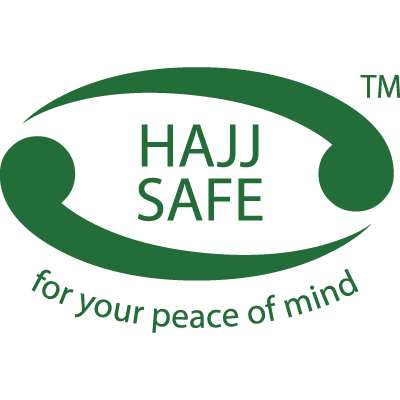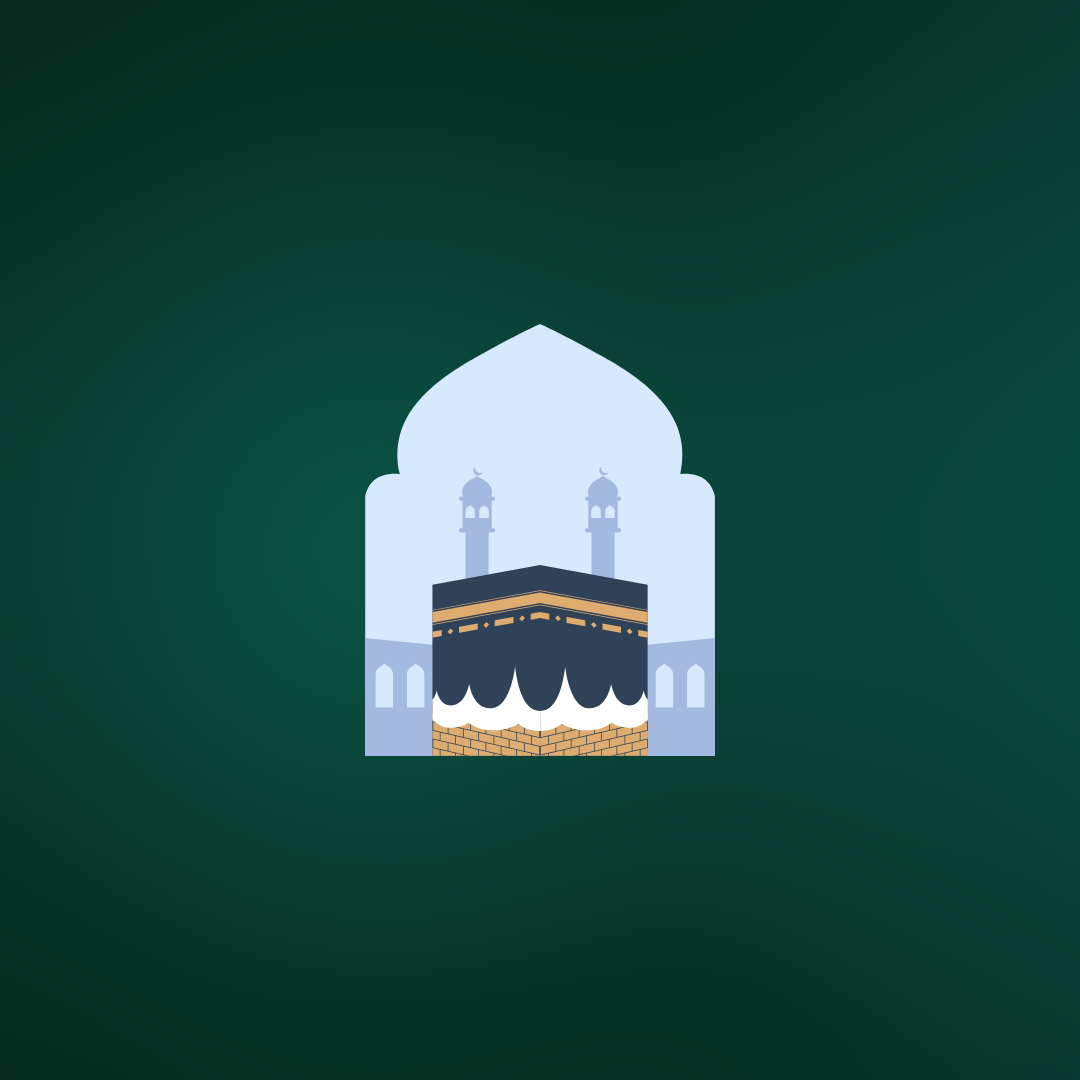How important is the Kabah in Islam?
The Kaaba holds immense importance in Islam as the spiritual centre for Muslims worldwide. Located in the Grand Mosque of Mecca, it is the direction (qibla) towards which Muslims pray, symbolising unity and submission to Allah SWT. The Kaaba is deeply revered not as an object of worship, but as a sacred point ordained by Allah, embodying the unity of the Muslim community (ummah) and serving as a focal point for Islamic rituals.
5 Reasons why the Kaaba is Important in Islam:
- Center of Worship: Muslims around the world face the Kaaba in Mecca for their daily prayers, fostering unity.
- Hajj and Umrah Pilgrimage: The Kaaba is central to the Hajj and Umrah, where Muslims perform the Tawaf (circumambulation) around it.
- Historical Significance: The Kaaba was built by Prophet Ibrahim (AS) and his son Ismail (AS).
- Symbol of Unity: Facing the Kaaba for prayer symbolises the unity of Muslims, connecting them spiritually.
- Focus of Supplication: The Kaaba inspires devotion and acts as a focal point for Muslims to seek Allah’s blessings and forgiveness.
What are the Key Features of the Holy Kabah?
When visiting the Kabah, it's not just about the grand sight before you. Each part of this sacred structure carries profound historical and religious significance. Let’s explore some of the most important parts of the Kaaba that every pilgrim should be aware of.
Hajar al-Aswad
Located on the eastern corner of the Kabah, this revered black stone is believed to have descended from heaven. Starting and ending your Tawaf (circumambulation) here connects you to centuries of history, as this very stone has been touched and kissed by countless prophets, including Prophet Muhammad (peace be upon him). It's truly a reminder of the divine connection we all seek when in the presence of the Kabah.
Maqam Ibrahim
This station marks the spot where Prophet Ibrahim (peace be upon him) stood while building the upper part of the Kabah. It is said that the stone softened under his feet, leaving his sacred footprint. For those seeking to feel even closer to the history of this magnificent place, Maqam Ibrahim serves as a powerful reminder of the legacy of dedication to Allah.
Hijr Ismail (Hateem)
This crescent-shaped semi-enclosed area adjacent to the Kabah was originally part of the structure itself. Despite not being directly connected to the Kabah today, it still holds great significance. Many believe that it’s a blessed area to pray, and it reminds us of the family of Prophet Ismail (peace be upon him), who were vital in the history of the Kabah.
Meezab e Rehmat
The "Outlet of Mercy" is a beautiful feature that might be easy to miss at first glance. Positioned at the roof of the Kabah, the Meezab allows rainwater to flow down into the Hateem, a symbolic gesture of Allah’s mercy showering over the Ummah. It’s one of the smaller details that carry a vast spiritual weight.
Al-Shadherawan
This marble base runs along three sides of the Kabah. Originally designed to prevent water damage to the foundations, it also serves as a safety measure to keep pilgrims from injuring themselves against the walls. More than just a functional structure, it’s a reminder of the care and attention given to preserving the Kabah throughout history.
Multazam
Known as "the place of clinging," this two-meter wide area between the Kabah’s door and the Hajar al-Aswad is where many pour out their hearts in prayer. Islamic tradition holds that supplications made here are accepted, making it a place of deep spiritual connection.
Rukan Yamani
Opposite to the Hajar al-Aswad, this corner of the Kabah faces the direction of Yemen and holds its own special place in the Tawaf ritual. It's Sunnah to touch this corner during each circuit of the Tawaf, with the hope of receiving its blessings.
Musallah Jibreel
This lesser-known yet equally important spot marks where the Angel Jibreel (Gabriel) taught the Prophet Muhammad (peace be upon him) how to perform salah. The small brown slabs located at the southern right corner of the Kabah are a testament to the divine guidance given to the Prophet during his miraculous night journey.
Visiting the Kabah is more than a pilgrimage; it’s a journey through time, faith, and devotion. Each part of this sacred structure speaks of the rich history and connection we have to Allah and His messengers. When you go, may you feel the weight of these traditions and walk away with a deeper understanding of the significance of each step you take around the House of Allah.
Hajj SafeThis guide was written by Hajj Safe, a company dedicated to creating secure and practical travel accessories for pilgrims. We offer a range of Hajj & Umrah products including; Hajj & Umrah bags for Women, Ihrams and Bags for Men to keep your valuables safe during Hajj and Umrah. For more information, explore our products here: Hajj Safe.


